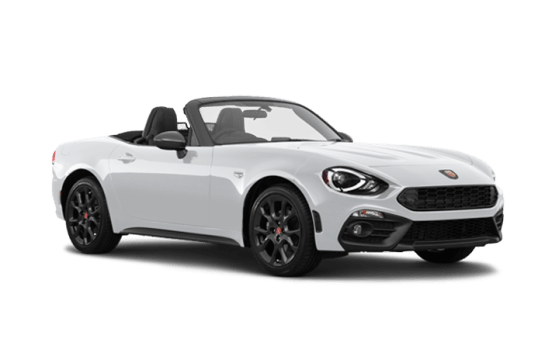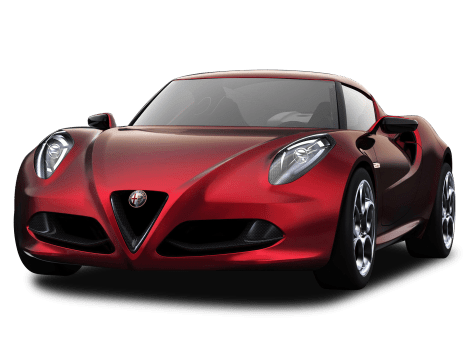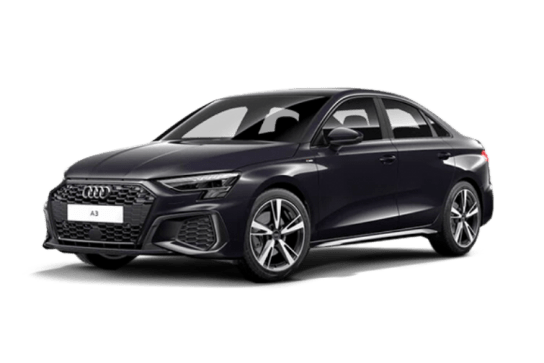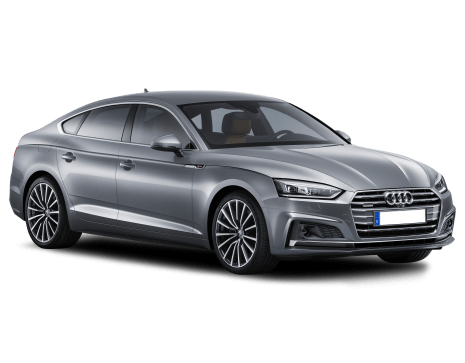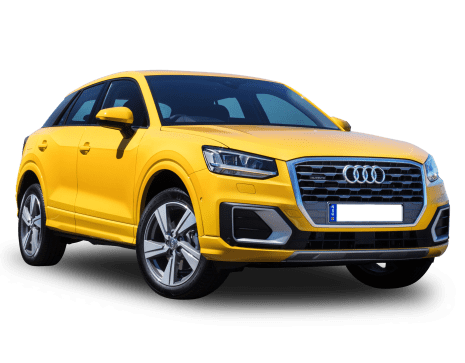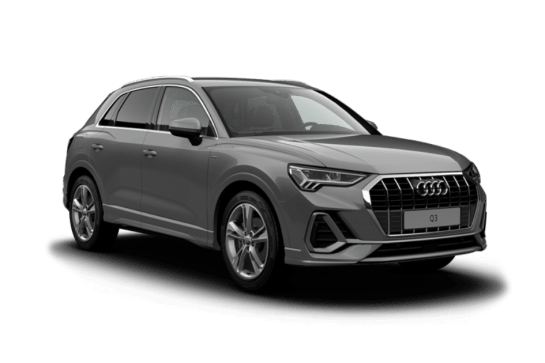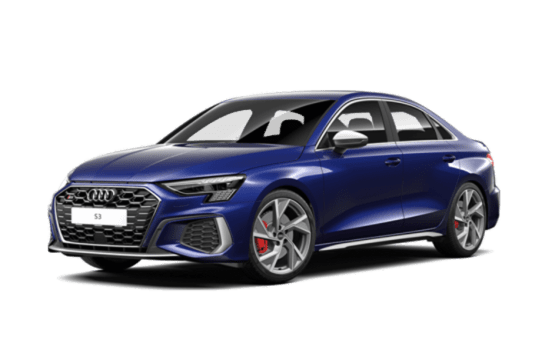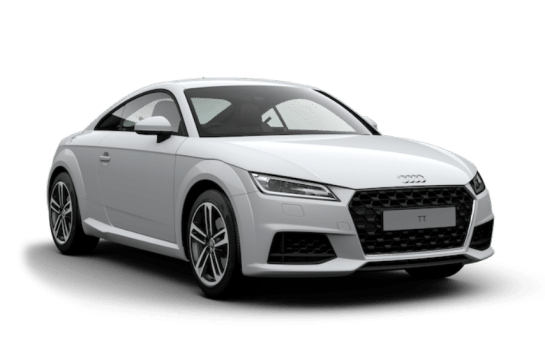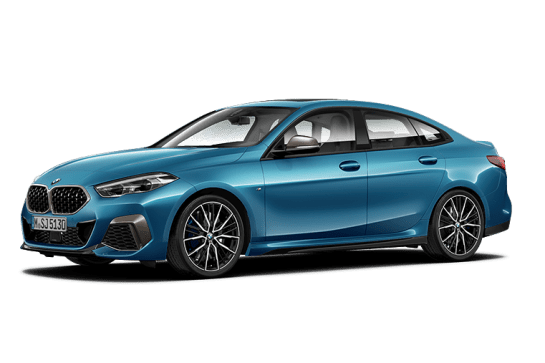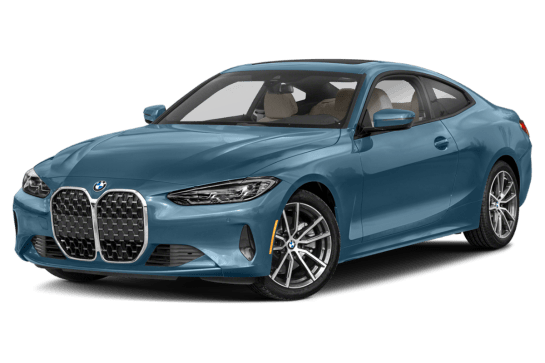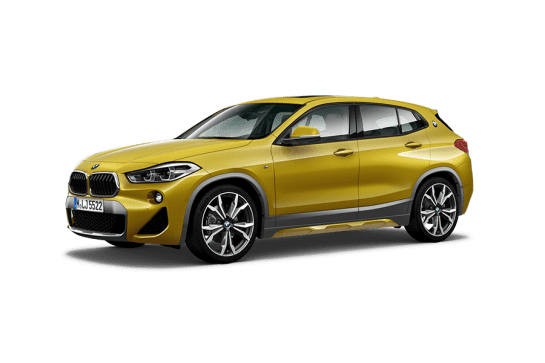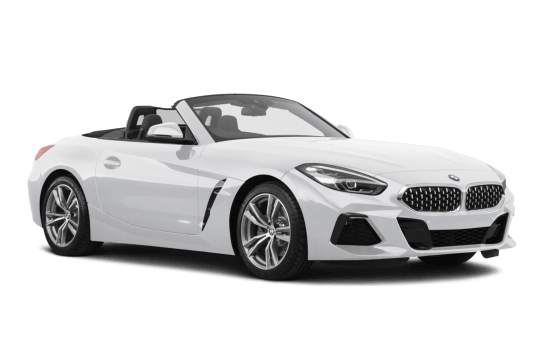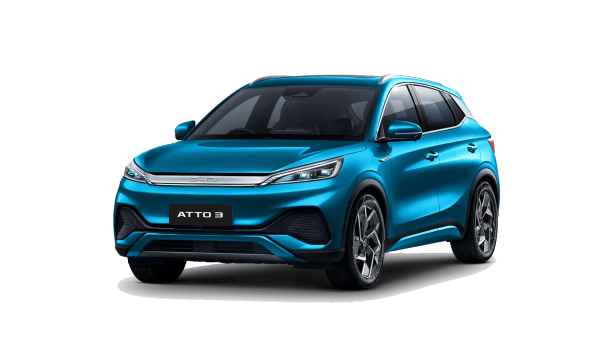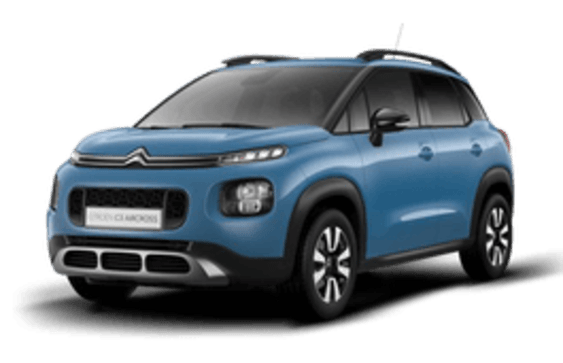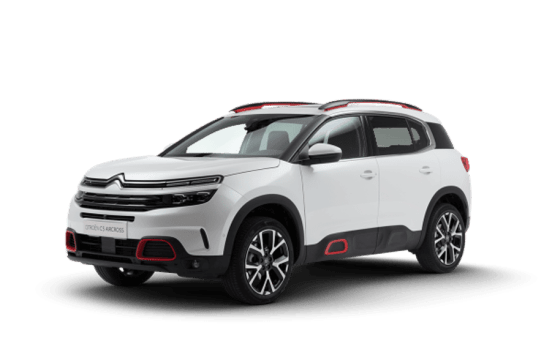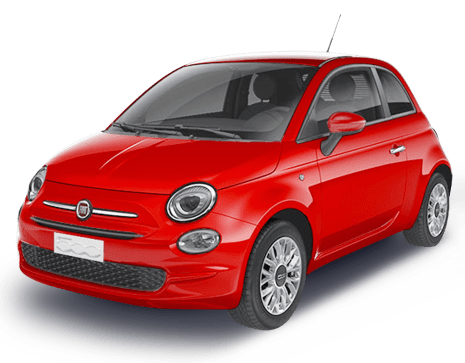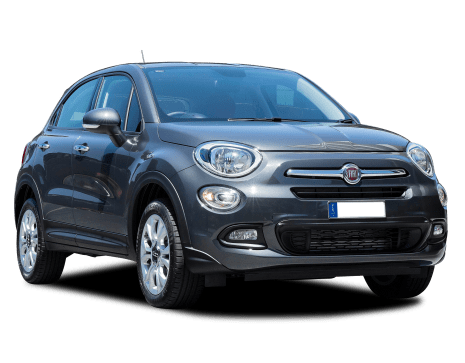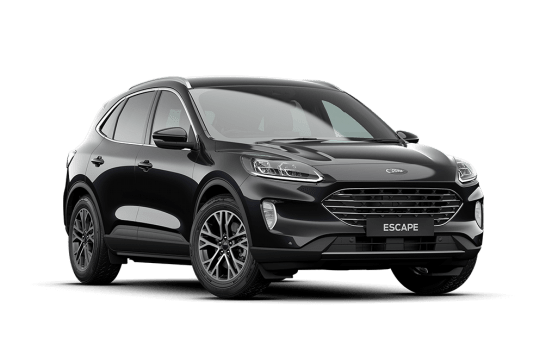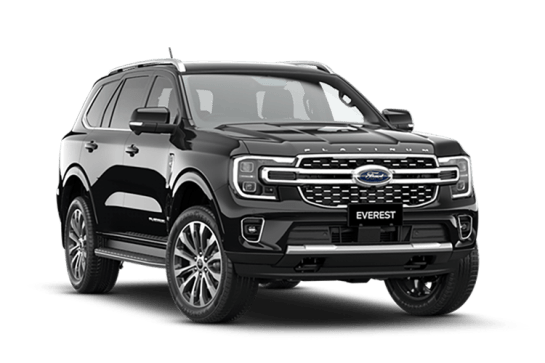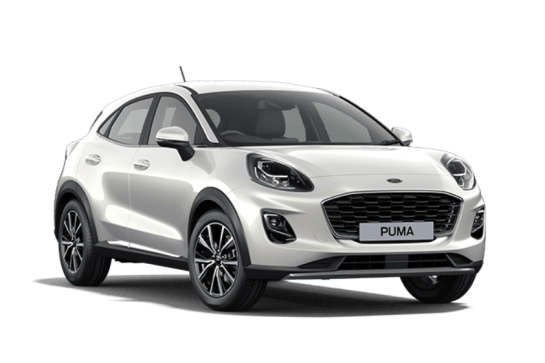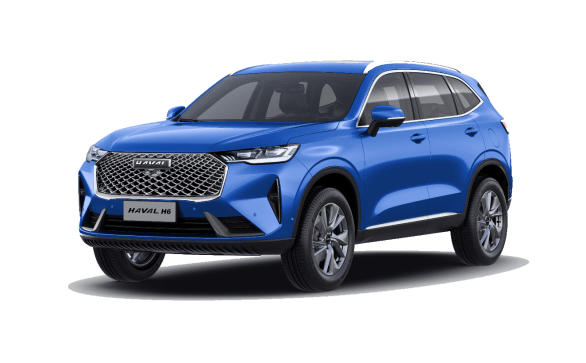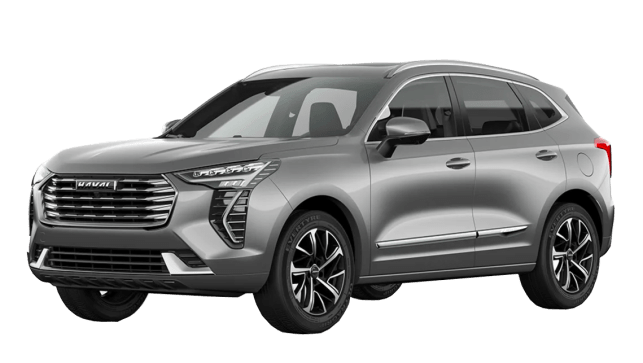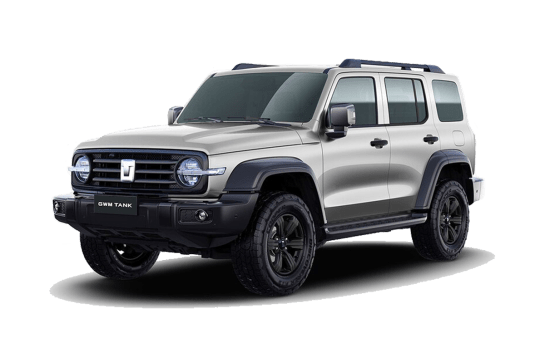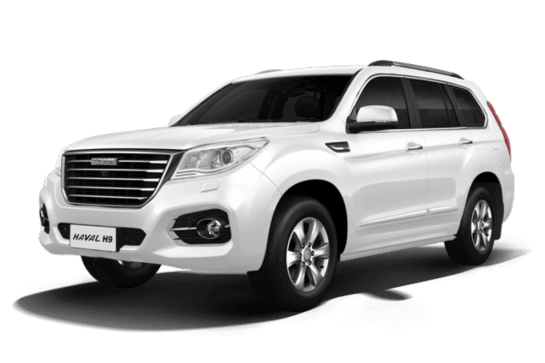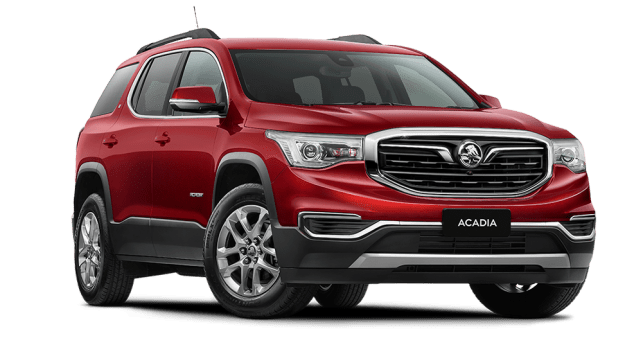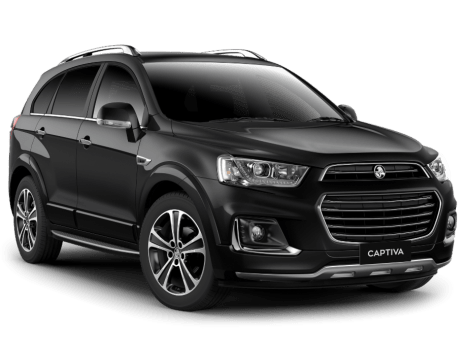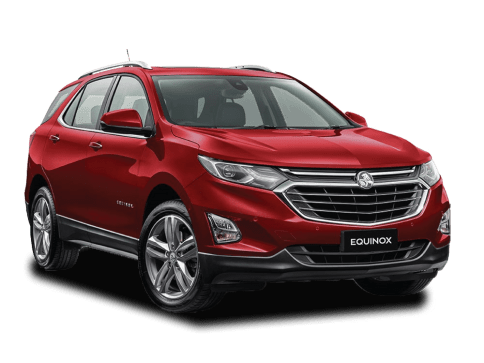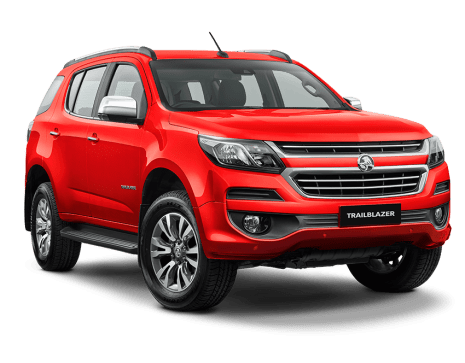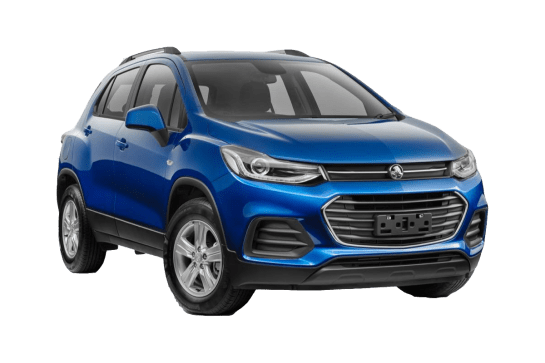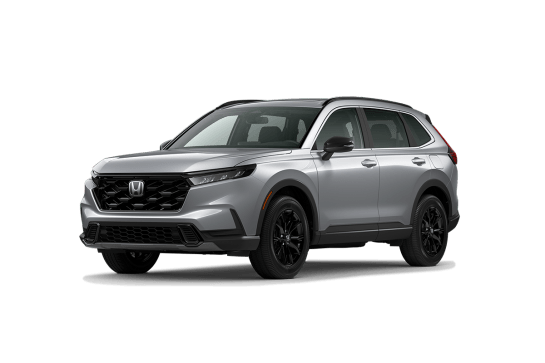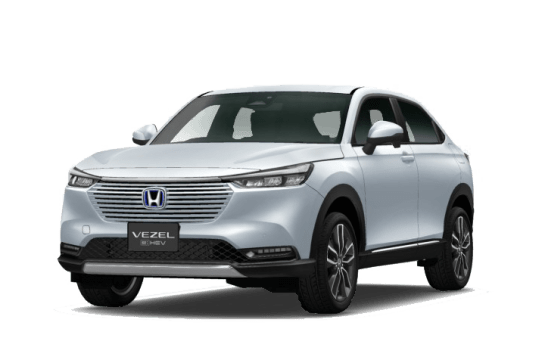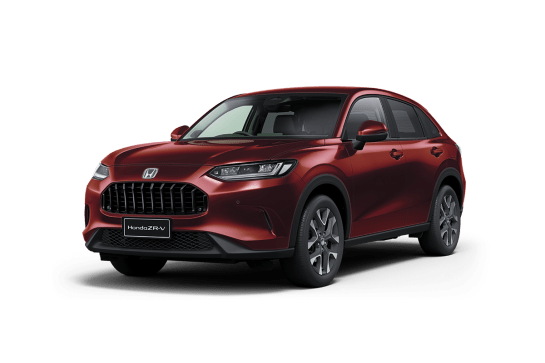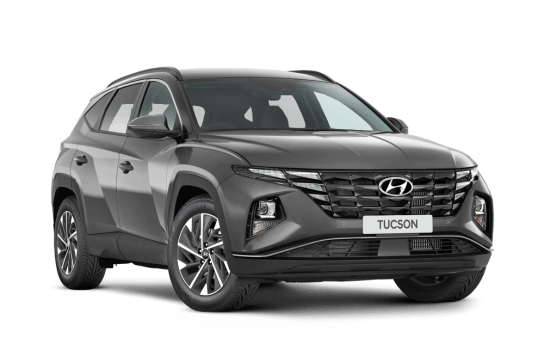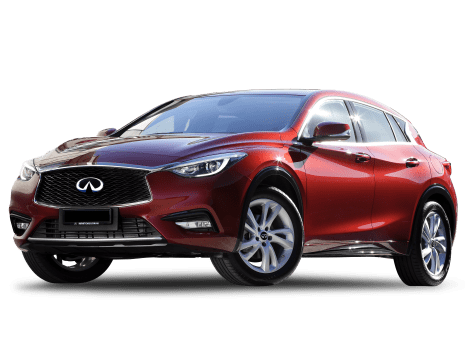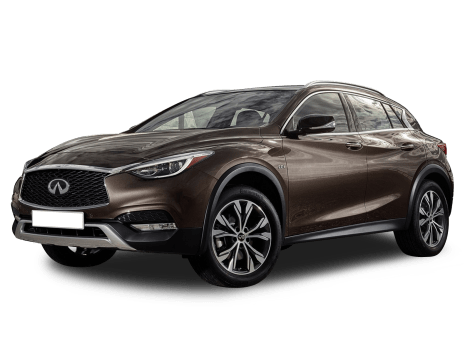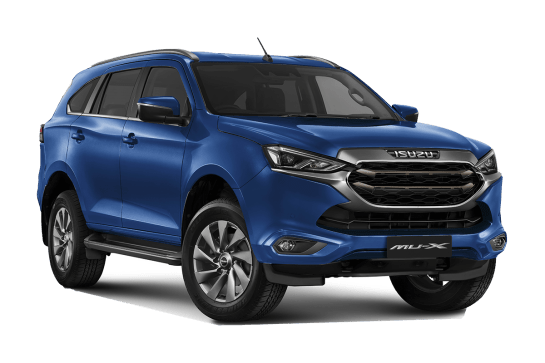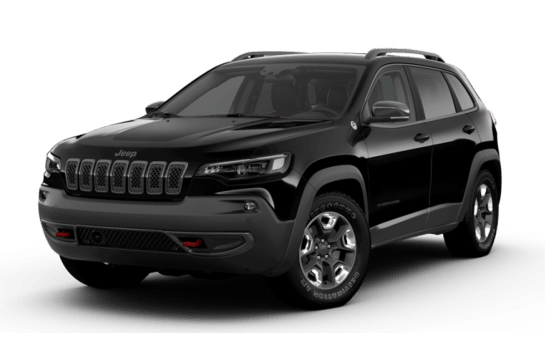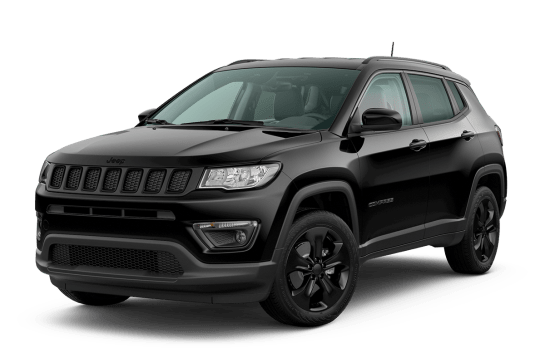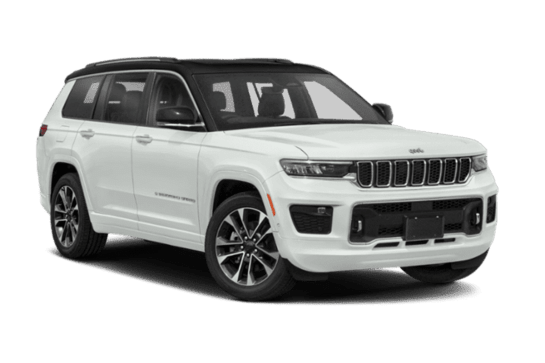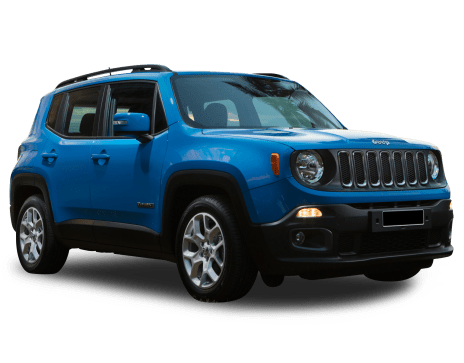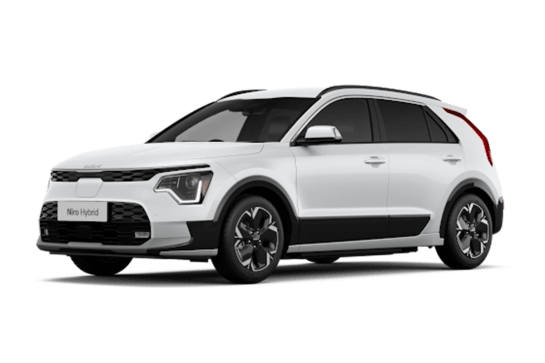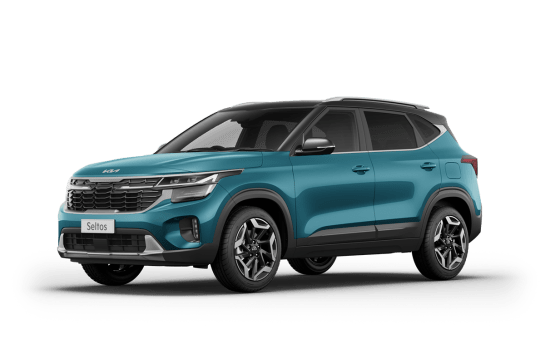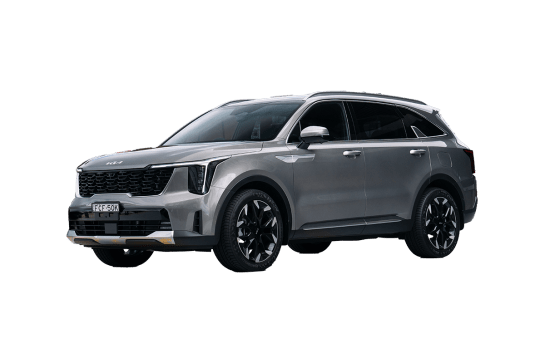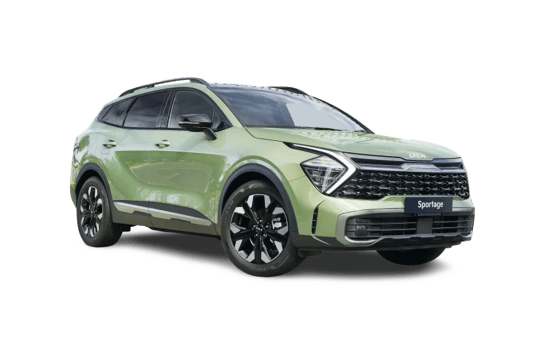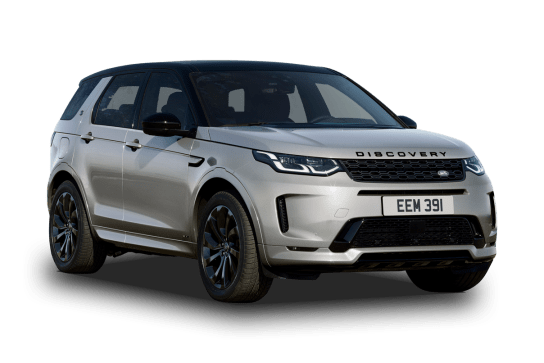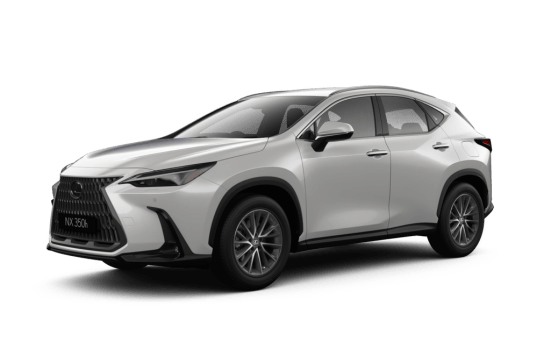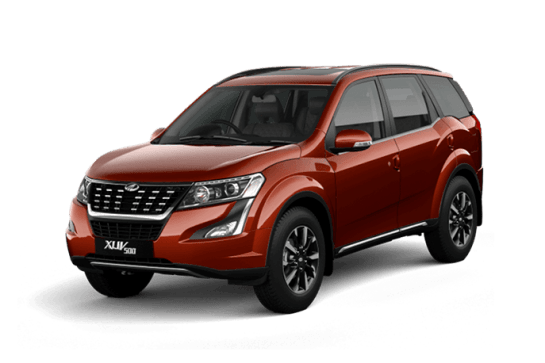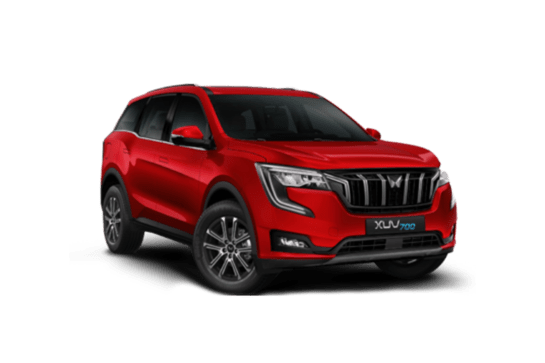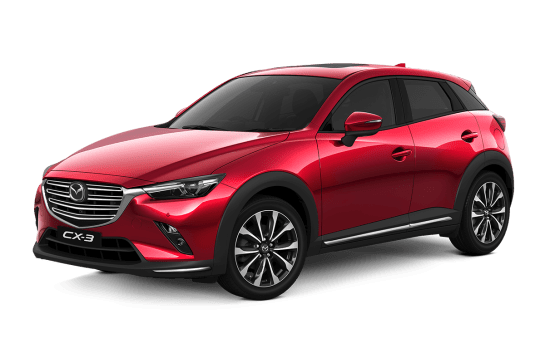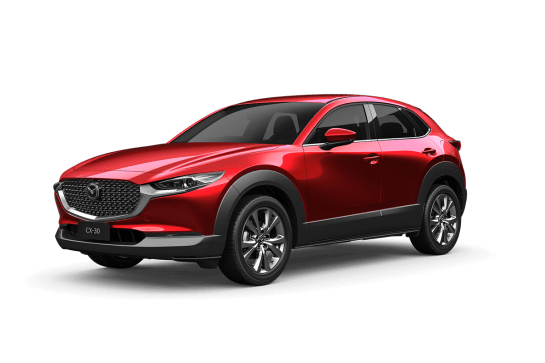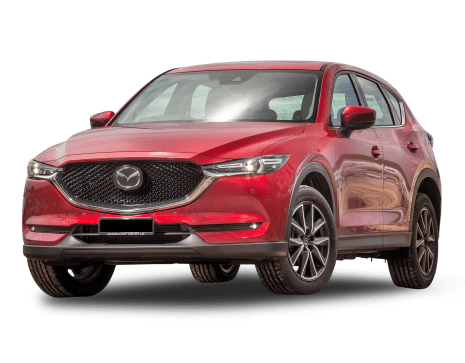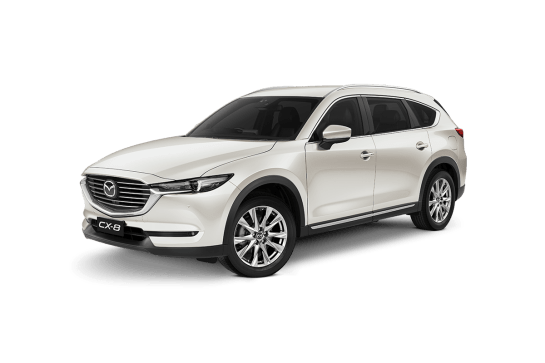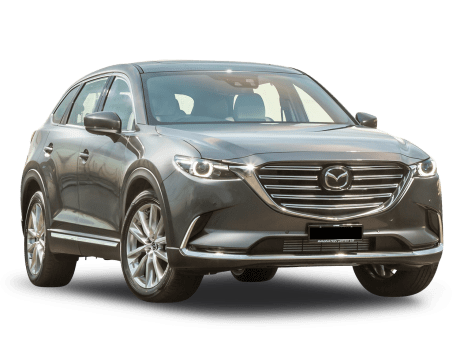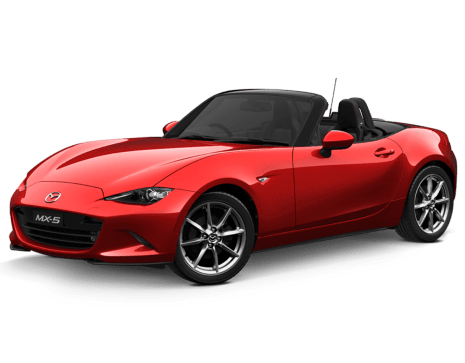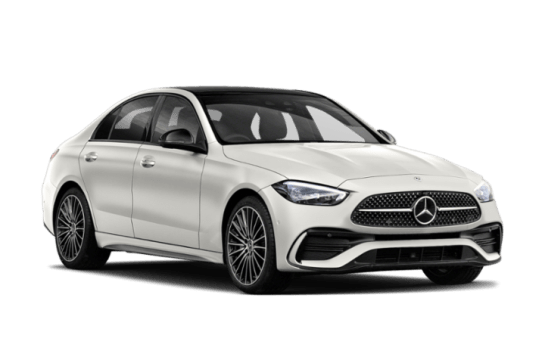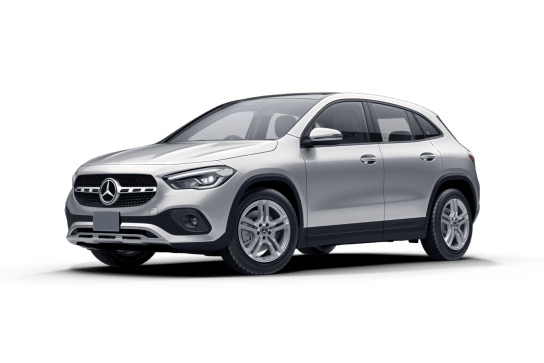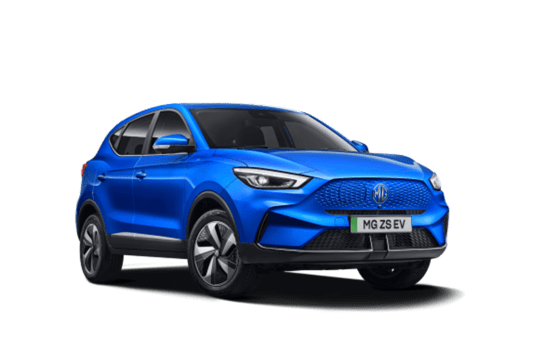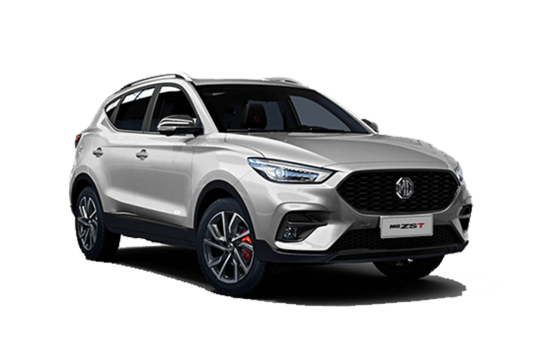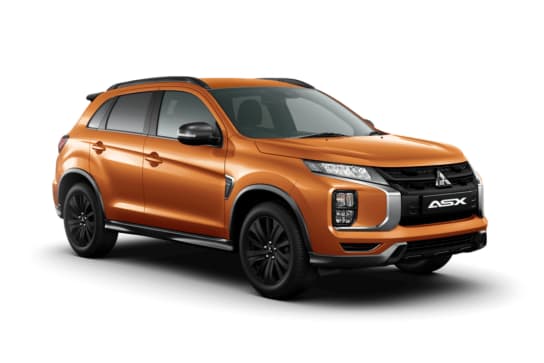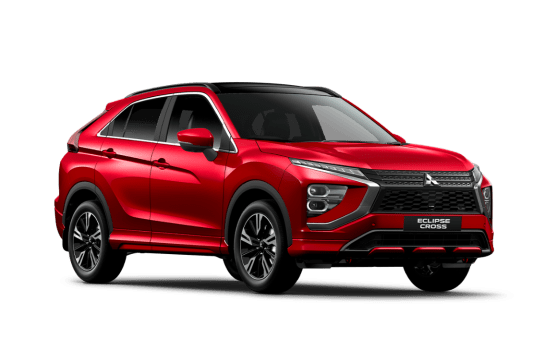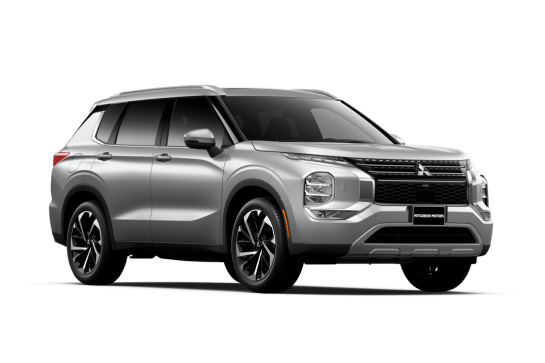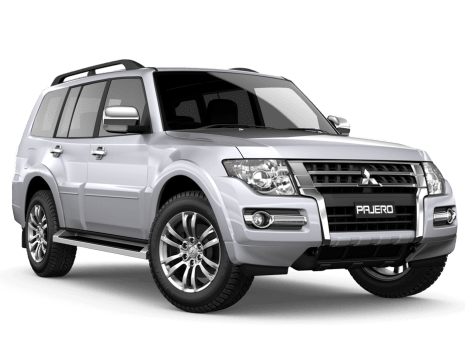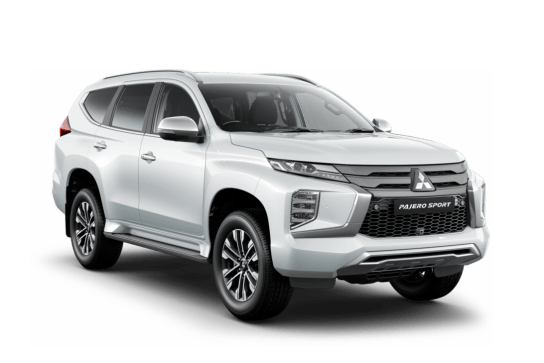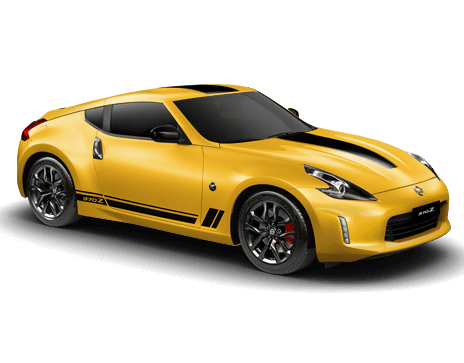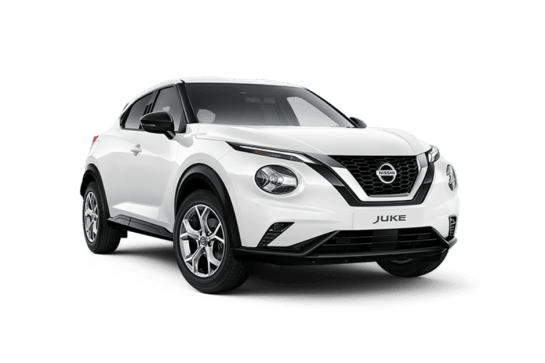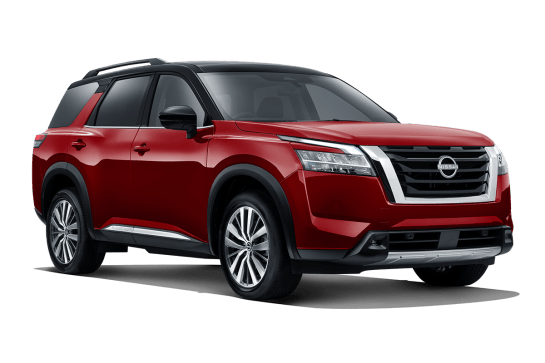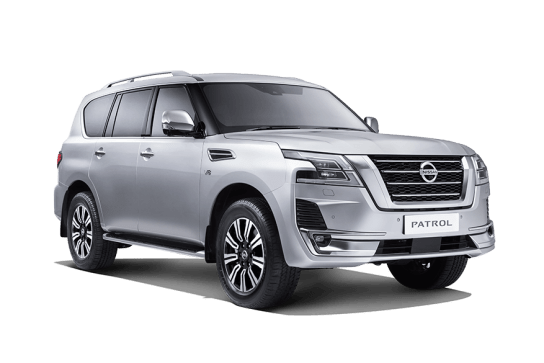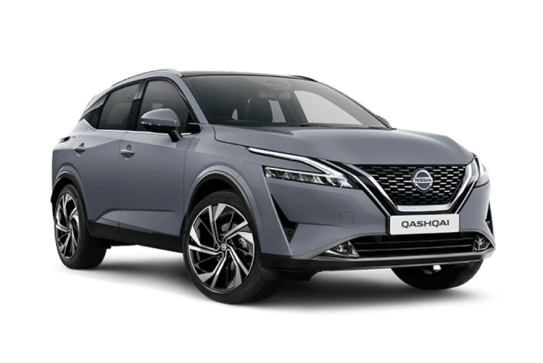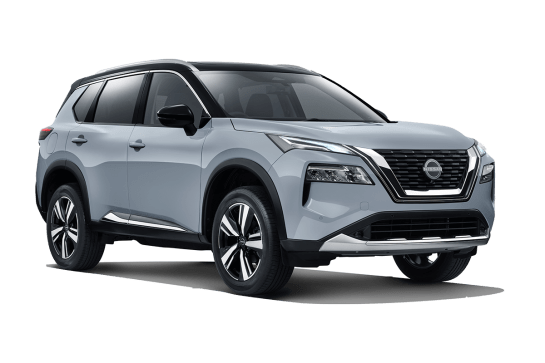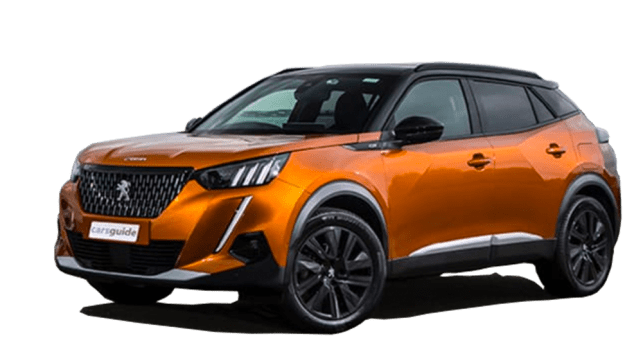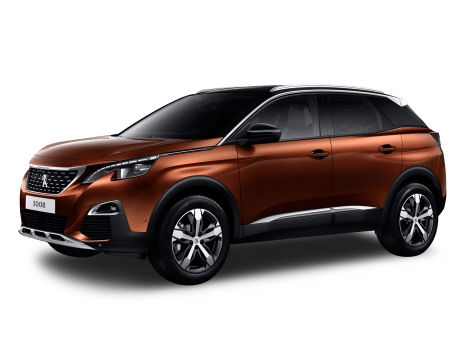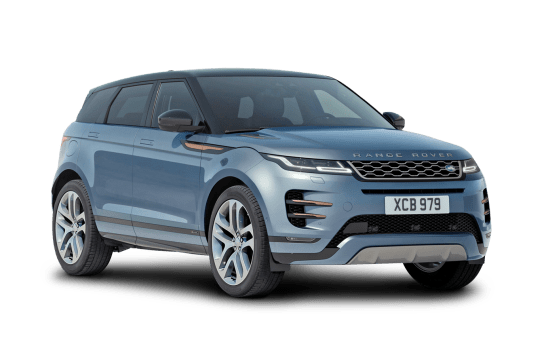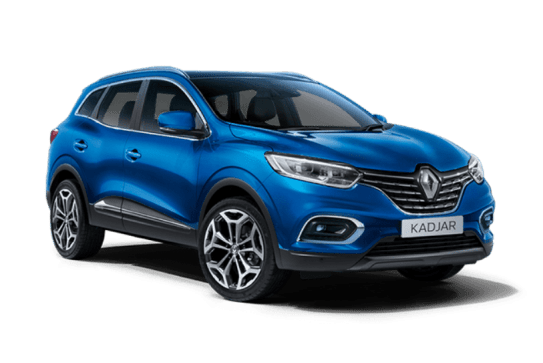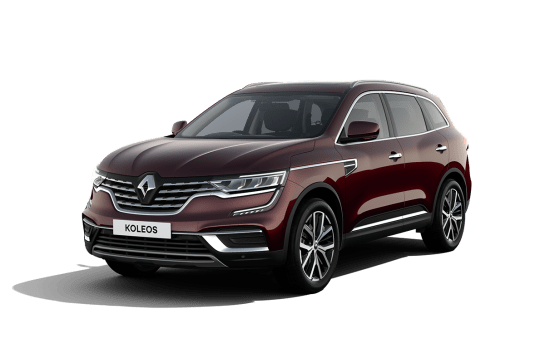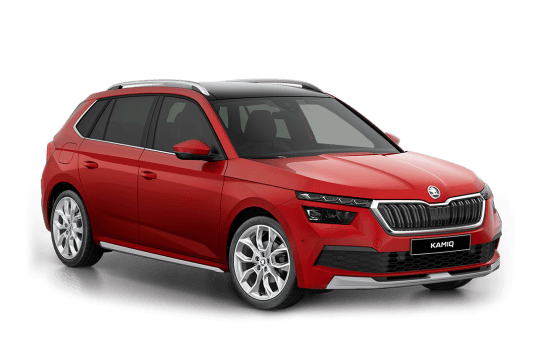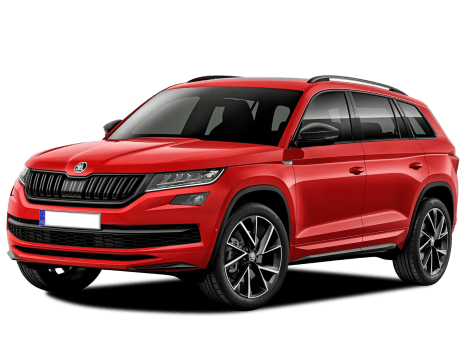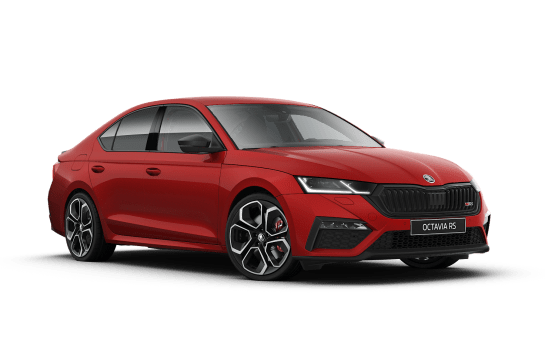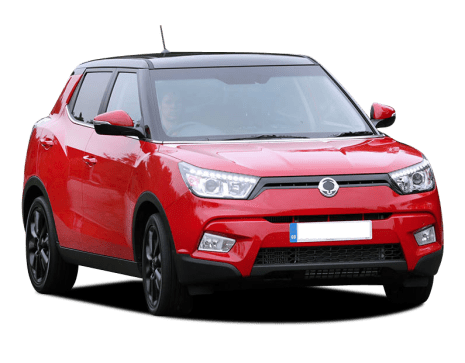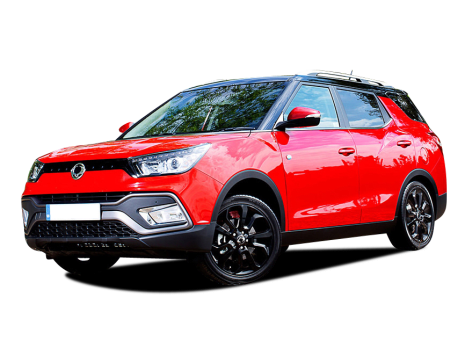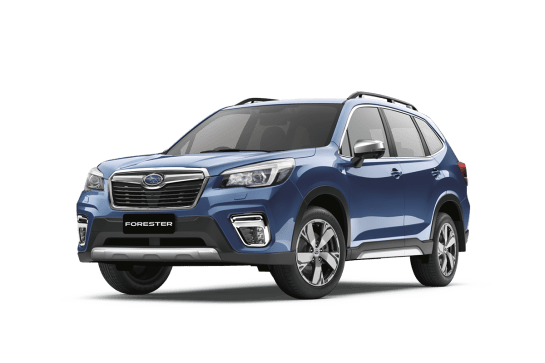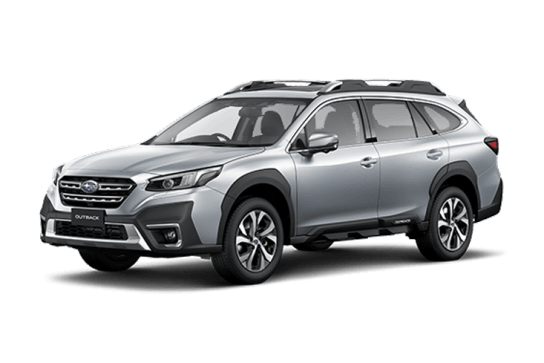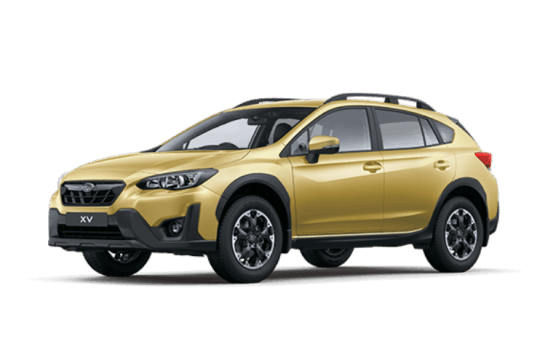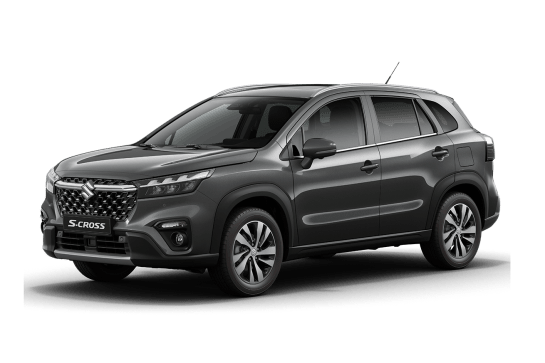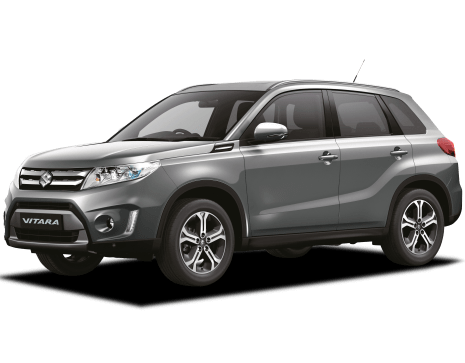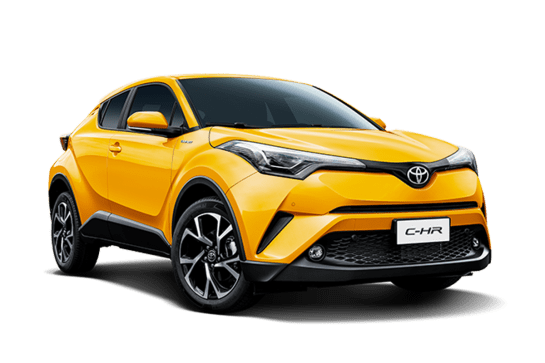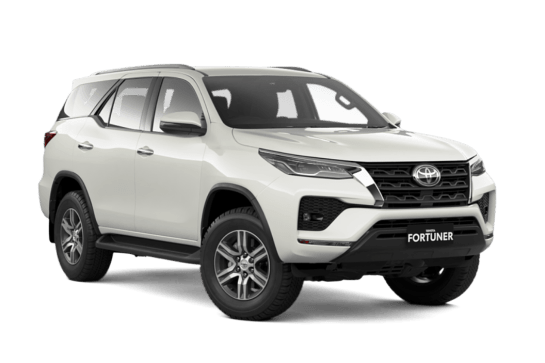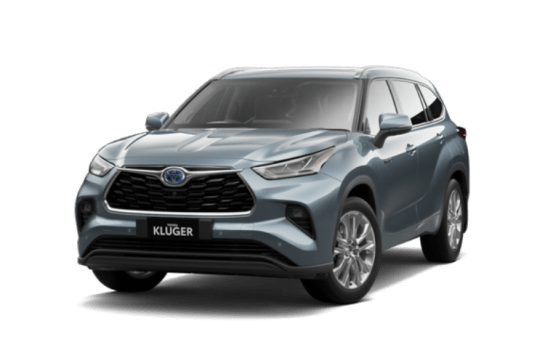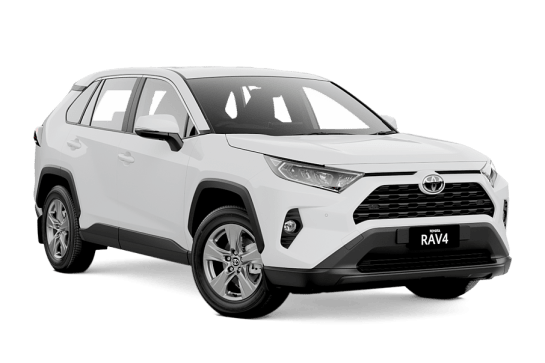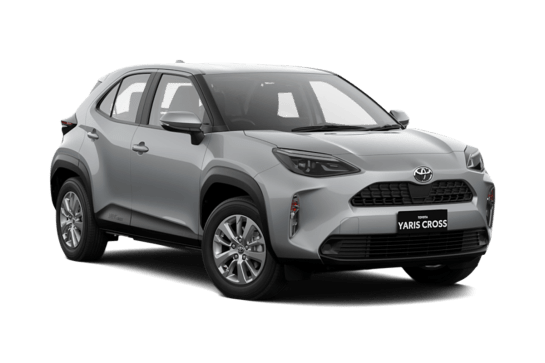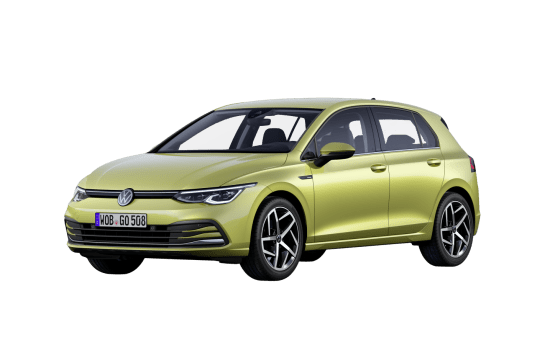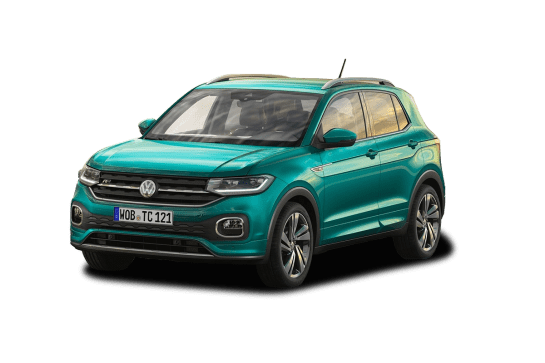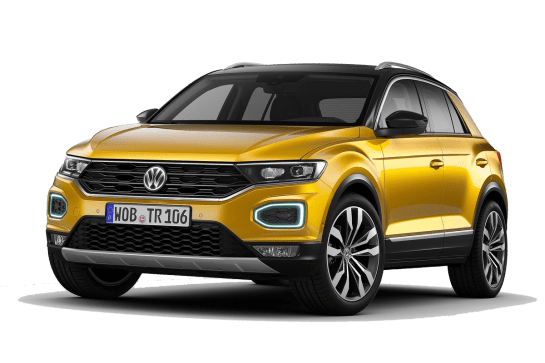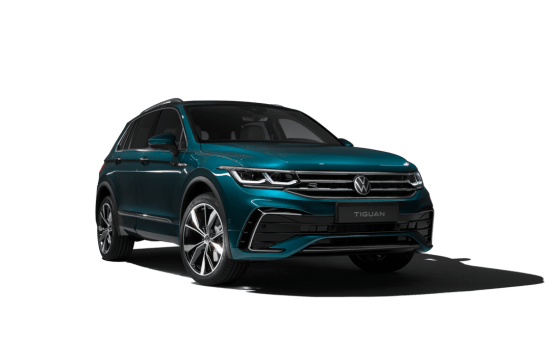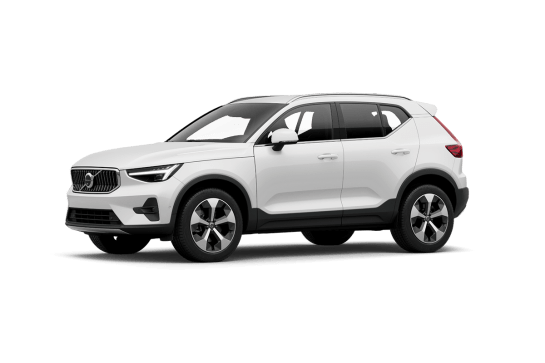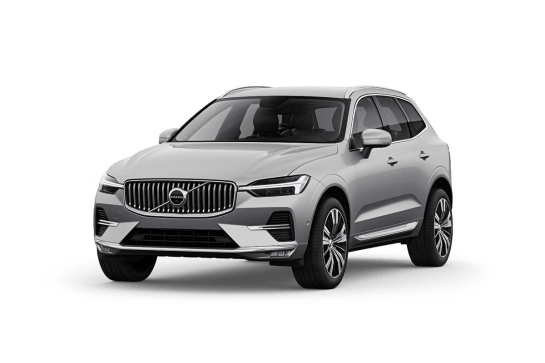Jeep Wrangler VS Suzuki Vitara
Jeep Wrangler
Likes
- Fun to drive
- Very capable off-road
- New engine well suited to Rubicon
Dislikes
- Cramped interior
- Noisy when pressured
- Driving it can be tiring
Suzuki Vitara
Likes
- Roomy interior
- Sporty handling
- High equipment levels
Dislikes
- No AEB availability in this grade
- Stiff ride
- Too much road and engine noise intrusion
Summary
Jeep Wrangler
The two-door Jeep Wrangler Rubicon exists for a very specific reason: to have a lot of fun off-roading on terrain few other standard 4WDs are able to tackle.
Along with vehicles such as Suzuki’s Jimny and Toyota’s LandCruiser 70 Series, the short-wheelbase Rubicon exists within a thin market niche within a niche. This is a purpose-built hard-core body-on-frame 4WD with very few, if any, concessions to comfort, safety or even common sense.
But there big news is that it’s been updated: less power, more torque with a 2.0-litre four-cylinder turbo-petrol engine replacing the beloved V6 petrol, a damage- and scratch-resistant Gorilla Glass windscreen, a 12.3-inch touchscreen multimedia system, Nappa leather seats and a forward-facing Trailcam.
So, is this new-engined shorty Rubicon in updated form your ticket to dirty fun?
Read on.
Read more about
- Massive $25,000 price cut for 4x4 ute! Jeep Gladiator prices slashed before facelifted version of alternative Ford Ranger, Toyota HiLux and Mitsubishi Triton rival arrives
- Jeep Cherokee replacement coming within a year: CEO leaves little doubt when hinting at incoming "mainstream" mid-size SUV to rival Toyota RAV4 and GWM Haval H6
- Major brand's cheap new EV locked in: 2027 Jeep Renegade electric car to undercut the MG4, BYD, Dolphin and GWM Ora
| Safety rating | |
|---|---|
| Engine Type | 2.0L |
| Fuel Type | — |
| Fuel Efficiency | 9.9L/100km |
| Seating | 4 seats |
Suzuki Vitara
Suzuki invented the modern compact SUV. It’s funny how quickly people forget.
Yes, the pioneering Vitara of 1988 rode on a ladder-frame chassis so was not car based, but it was successful enough to show the way for others to follow. Chiefly, Toyota, with the seminal Corolla-derived first-gen RAV4 of 1994.
Fun fact: this earliest Vitara was also known as the Suzuki Escudo (Japan) and Sidekick (North America), as well as the GMC/Geo/Chevrolet Tracker and Pontiac Sunrunner (USA), Asüna Sunrunner (Canada), and perhaps most evocatively, Wanli WLZ5020XLD and Guangtong GTQ5020XLZ (China).
So, respect to the Vitara, especially since it has evolved over four redesigns, eight different badges and 33 years, from fashionable 4x4 leisure machine to 4x4 off-roader (1998 FT and 2005 JT Grand Vitara) to 2015’s monocoque-bodied JY-series small SUV.
How does the 2021 JY Series II Vitara 1.6 auto stand up? Keep on reading.
| Safety rating | |
|---|---|
| Engine Type | 1.6L |
| Fuel Type | — |
| Fuel Efficiency | 5.8L/100km |
| Seating | 5 seats |
Verdict
Jeep Wrangler/10
The Jeep Wrangler Rubicon is a hardcore purpose-built 4WD with very few concessions to comfort, safety and common sense.
And that’s a good thing, especially in an increasingly cosseted world.
The two-door short-wheelbase Rubicon is a near-perfect off-road machine: short low-range gearing, mud terrain tyres, front and rear diff locks, and swaybar-disconnect, all combine to make the Rubicon a ready-to-go 4WD weapon.
If you’re shaking your head in disappointment at the Rubicon’s unpredictable on-road manners, lack of refinement and three-star ANCAP safety rating, then you’re missing the point entirely: it’s truckloads of fun.
But the reasons it’s so much fun are also the reasons some people might not like to live with the short-wheelbase Rubicon day to day: it’s a dialled-in driving experience that’s equal parts engaging and exhausting.
It mightn’t make much sense – if any at all – as a daily driver, but if you’re after pure real-world 4WD capability and truckloads of fun then you can’t ignore the two-door version of the Rubicon.
Suzuki Vitara6.5/10
The Vitara still looks great, offers impressive real-world fuel economy, possesses a sporty chassis bringing sharp steering and involving handling and roadholding characteristics, and is expertly packaged. No wonder it has remained a consistently strong seller for Suzuki.
But its lack of driver-assist safety equipment, lethargic low-rev performance and stiff, loud ride speak of a small SUV of another era. In too many key areas, it’s rapidly dating and falling behind most rivals nowadays, and can no longer rely on low pricing anymore now that the cheapest base auto is $27K plus ORC.
Still, if you don’t care about the lack of AEB… or a digital speedo, digital radio, rear cupholders or highway quietness, then there’s still a fair bit of fight left in the plucky little Vitara.
Suzuki’s been building them for over 33 years now and such experience shows.
Design
Jeep Wrangler
The two-door Rubicon is 4334mm long (with a 2459mm wheelbase), 1894mm wide and 1879mm high.
The classic look has, for better or worse, remained essentially the same as it has for decades – blocky, straight up and down with big wheel arches … distinctive – but some minor tweaks have been introduced into the design mix this time.
The brand’s seven-slot grille now has metallic-look trim around each slot and bigger mesh inserts, marginally softer lines about the exterior here and there, and the cabin has a more modern feel to it than previous examples did.
Speaking of the cabin, the Wrangler Rubicon has low-key stylish trim boosted by Nappa leather and red stitching and its distinctive roll-over cage and removable roof.
The Rubicon has a striking appearance – like it or loathe it – and while few other new standard 4WDs grab the attention of everyone, this Jeep does just that.
Suzuki Vitara
Remember that first Vitara of 1988? The chief designer of today’s LY series, Takehito Arai, told us back in 2015 that its squareness and smaller size were inspirational in shaping the current model.
To that end, he went for a muscular look, with off-roader detailing like the five-slot grille, strong shoulder line, clamshell bonnet, blistered rear mudguards and higher-than-class-average ground clearance (of 185mm), evoking other Suzuki 4x4s like the Jimny and Sierra.
Nearly six years on, the design has stood the test of time surprisingly well, with the Suzuki still looking handsome and contemporary – no doubt helped out by the big standard wheels that fill in those arches nicely, along with the vibrant colour options (like our rich beige test example) and two-tone paint application.
The 2019 facelift, by the way, ushered in changes to the toothy grille, bumper, tail-lights lenses (now LEDs), alloy wheels, interior trim and instrumentation (which went more colourful), along with higher-quality-feel interior trim and materials.
Practicality
Jeep Wrangler
The Rubicon interior has always received well-deserved praise for its durability and suitability for adventure and the outdoors life.
But while it is designed to cop dirt, mud, sand and the general messiness of an action-packed life, the two-door four-seat Rubicon’s interior remains a snug – almost too snug – space. The bulkiness of the roll cage and pillars encroaches on headroom and elsewhere the short-wheelbase Rubicon’s limited physical dimensions impact shoulder, leg, knee and foot room but not to a diabolical degree, especially if you’re a Hobbit like me.
On the plus side though, everything that should feel solid does (like the grab handles), and all dials, knobs and switches are easy to quickly locate and operate while traversing all types of terrain.
Jeep has always applied to the Rubicon quietly clever ideas, such as tensioned net pockets on the doors and in the seat-backs, and deep small-storage spaces with textured, grippy bases.
Upfront there are USB ports – a USB-A and a USB-C upfront, and two USB-A and two USB-C ports in the second row ports – as well as a 230V outlet upfront and in the rear, directional air vents, and cup holders in the centre console.
In terms of packability, this short-wheelbase Rubicon comes up, well, short. There’s not a lot of room inside for people, as mentioned earlier, so throwing extra gear into this Jeep’s cabin is a big ask.
When all four seats are in use, rear cargo space – listed as 365L – is really limited to only copping a few bags for an overnight trip.
Access to the rear is via a side-hinged tailgate, which opens from left to right, and it has a full-sized spare mounted to it.
Suzuki Vitara
There's still plenty to appreciate the instant you slide yourself on to those lofty cushions.
The Vitara is packaged to transport a smaller family (and include much of their clobber) with ease, from the moment the big doors open. An excellent driving position that inspires confidence, heaps of storage in the doors and centre console, good vision and a light and airy ambience are further drawcards.
And while the seats may seem a bit wide and flat to begin with, they're amply supportive over an extended time in them, with a softness to their shape and texture that makes them quite cosy. No lumbar support for the driver is disappointing, though.
Still, it’s easy to see why the Suzuki remains such a consistent seller after all these years without change.
In 2021, the dash has held up pretty well, mainly due to clear instrument dials and Suzuki’s ever-present 7.0-inch touchscreen multimedia system that is ridiculously easy to operate. Never mind the hard and cheap-looking lower-lying plastics, the cabin is beautifully screwed together as well. And it's likely to stay that way for a very long time.
But there are annoyances, beginning with the lack of digital speedometer, especially now that the cheapest Vitara is a near-$30K proposition; for the same reason we’d have hoped for a DAB+ digital radio, auto lights on, rear-seat cupholders and more than just one USB port (located under the climate control system).
Getting in and out of the rear seat is simple, aided by wide doors and lofty seating, again on flat but ultimately comfortable cushions and backrest, though they neither slide or recline as with some other small SUVs. There's heaps of headroom; the raised rear cushion promotes a natural posture which is good for longer journeys, and enough room for three smaller adults to squeeze in. Larger feet can be tucked underneath the front seats too.
However, besides there being no device-charging facilities, you’ll also notice the lack of reading lights, rear air vents (though the front outlets' outputs do reach back OK) and beverage storage. At least the doors have space for a one-litre bottle and the overhead grab handles include coat hooks. And, like the front, it's all light and airy, with good sight lines for bored back-seat riders to stare out from.
Beyond that, the boot is fairly big and square, with a bi-level floor that’s good for hiding smaller items, while there are hooks, a light and 120V outlet for rear-seat occupants to snake some hapless charger cord to.
Cargo capacity is rated at 375 litres – raising to 710L with the 60/40 rear backrests lowered. It’s nice to see a good old-fashioned luggage board instead of the flimsy mesh items some rivals foist upon us nowadays.
All in all, a big, spacious and inviting interior that’s big on practicality and ease, but also showing its age in a few places.
Price and features
Jeep Wrangler
The two-door four-seat Jeep Wrangler is only available in top-spec Rubicon guise. It has a list price of $82,950, excluding on-road costs. This Jeep has no real direct competitor and while its price-tag seems high for a vehicle with such a limited focus, this is a specialised and well-equipped off-roader with a legion of fans who believe it's worth it.
Standard features now include, as per the update, a 12.3-inch touchscreen multimedia system, Nappa leather seats, a forward-facing Trailcam, Gorilla Glass windscreen, 17-inch alloy wheels, and more.
Exterior paint choices include Bright White (standard) or Black, Granite Crystal, Sarge, Firecracker Red, Hydro Blue, Silver Zynith, High Velocity, Earl, Anvil, Tuscadero – all options. Premium paint is $1490.
Suzuki Vitara
Call it a Covid tax, but the price of the base auto Vitara has jumped $2000 this year, to $26,990 before on-road costs. Top tip: you can save yourself $2000 if you elect to drive the sweeter manual version instead.
Either way, however, this is a problem for buyers, because it puts the ageing small SUV right up against newer competitors with substantially more driver-assist safety features, namely autonomous emergency braking (AEB)… that just aren’t available in the non-turbo Vitara. You'll need to spend well over $30K for the Turbo grades.
Most opponents have these and more, as standard or optional, like blind-spot monitoring, rear cross-traffic alert, lane-keep assistance and adaptive cruise control and automatic high-beam headlights. For some people, the missing safety kit is the deal breaker in the Suzuki. In its defence, an all-new model is coming and this is probably the final full year of the LY series.
If you can't wait and are prepared to see past the lack of AEB, what does the Hungarian-built base Vitara score? Seven airbags (including a driver’s knee item), stability control, anti-lock brakes with electronic brake-force distribution and brake assist and traction control. Nothing revolutionary here. Pretty much like everything else has had these as standard over the past decade.
However, the ever-wily Suzuki does make up for the lack of driver-assist safety with items usually found on mid-grade versions of rival SUVs, like imbedded satellite navigation (as part of a colourful multimedia touchscreen system that also houses a reverse camera, Apple CarPlay/Android Auto and Bluetooth connectivity), voice control, paddle shifters, keyless entry/start, climate control air-con with pollen filter, front fog lights, roof rails and 17-inch alloy wheels (shod with quality Continental tyres too, no less). Plus, there are even a pair of engine-output gauges showing maximum power and torque use – just like in a Rolls-Royce. Fancy/useless gimmickry.
If you’re blissfully unaware of the safety spec shortages or just don’t care, such little luxury extras speak volumes on a glitzy showroom floor.
But then you might clock the lack of digital speedometer and digital radio as reminders that this Vitara is from an earlier era.
Adding premium paint costs $500 while two-tone paint costs $450 more.
The value advantage the Vitara has enjoyed until this year has worn perilously thin.
Under the bonnet
Jeep Wrangler
As mentioned earlier, the V6 Pentastar petrol engine has been dropped and replaced by a 2.0-litre four-cylinder turbo-petrol engine – producing 200kW (9kW less than the V6) at 3000-4500rpm and 400Nm (53Nm more than the V6) at 3000-4500rpm – and an eight-speed automatic transmission.
The new combination is a quietly effective teaming; smooth, lively, and punchy, with plenty of torque on tap.
Befitting its rock-crawling status, the Rubicon has a full complement of off-roading mechanicals and driver-assist tech, including on-demand four-wheel drive (with high- and low-range gearing), live axles front and rear, as well as front and rear locking differentials, and a swaybar disconnect.
Suzuki Vitara
In some markets, the Vitara is offered with Suzuki’s punchy little 1.0-litre three-cylinder turbo petrol engine, as well as the Turbo’s 1.4-litre four-pot turbo option as seen here, but the bulk of Australian sales are powered by a 1586cc 1.6-litre twin-cam 16-valve four-cylinder naturally aspirated petrol engine, known as the M16A.
A peaky unit, it produces maximum power of 86kW at 6000rpm and 156Nm of torque at 4400rpm. Despite modest outputs, a pleasingly low kerb weight of just 1120kg ensures that the Vitara has a favourable power-to-weight ratio, of 76.8kW/tonne.
Drive is transmitted to the front wheels via a six-speed torque converter automatic transmission, complete with a big pair of paddle shifters for some manual manipulation. Or you can just buy the superior six-speed manual and enjoy a substantially more involving drive.
Efficiency
Jeep Wrangler
The Wrangler Rubicon has listed fuel consumption of 9.9L/100km on a combined cycle.
On this test I recorded 10.8L/100km between fills, but I did a chunk of low-range 4WDing and the new 2.0-litre four-cylinder turbo-petrol engine was never working hard.
The two-door Rubicon has a 66-litre fuel tank so, going by my on-test fuel figures, you could reasonably expect a driving range of about 610km from a full tank.
Suzuki Vitara
That flyweight mass also pays dividends with fuel economy.
Tuned to run on either 91 RON standard unleaded petrol or a 94 RON E10 ethanol-petrol combo, the Vitara returned an efficient 7.6 litres per 100km over our 521km drive in both inner-city traffic and on a highway jaunt.
While that’s still some way off the official combined average of 6.2L/100km (urban: 7.9 and extra urban: 5.2), it still shows Suzuki’s expertise at such economy engines. We regularly visited the Vitara tachometer’s red line – it’s in the nature of this engine to be revved hard and fast – and never really attempted any economy driving out of it.
The published average figure, by the way, translates to a carbon-dioxide emissions rating of 142 grams per kilometre.
Fitted with a 47-litre tank, nearly 760km between refills is possible.
Driving
Jeep Wrangler
The two-door Rubicon is rather ordinary to drive on sealed surfaces, but it isn’t anywhere near as diabolical as some people would have you believe.
This is a purpose-built off-roader with a wide wheel track and low centre of gravity, so it feels solid on bitumen and dirt in equal measure.
However, you do have to drive it with full focus and give yourself time to get used to some if its more quirky aspects if you aren’t already familiar with them. There is plenty of play in the steering, lots of on-road floatiness and body roll, and this Rubicon – tipping the scales at 1977kg tare weight (listed) and measuring 4334mm long (with a 2459mm wheelbase), 1894mm wide and 1879mm high – can be an unpredictable unit.
You need to micro-manage this shorty 4WD at all times. It’s like driving a go-kart, but more fun and – bonus – it’s street legal.
If you’re steering it, this short-wheelbase Rubicon demands your constant attention – but that’s a fun characteristic I appreciate and that it shares with only a few other vehicles such as the Suzuki Jimny and Toyota LandCruiser 70 Series.
However, as fun as it is, this kind of fully engaged driving experience – requiring laser-focus concentration to keep a vehicle on target – asks a lot of the driver and does become tiring (nay, exhausting) after long stints on the road or off of it.
Beyond that though, this Rubicon, with a track-tight turning circle of 10m, is a nicely manoeuvrable vehicle around town (for swift turnarounds and easy parking) in the suburbs and even along overgrown bush tracks – but more about that soon.
Wrangler fans who have bemoaned the loss of the Pentastar V6 needn’t have worried. The new four-cylinder engine delivers a gutsy punch of acceleration when needed and is nicely matched to the eight-speed auto. It’s also smoother, more refined and less noisy than before.
The solid-axle Rubicon has a suspension set-up – including coil springs at every corner – that soaks up most bumps in the road, and that makes for impressive levels of driver and passenger comfort.
This little purpose-built rock-crawler is solidly built and it can get noisy when you’re inside of it as it rumbles along a road or track – no surprise because it does have a boxy body, big wing mirrors and chunky mud-terrain tyres. Part of the experience, part of the fun, I reckon.
So, how does it go off-road? Bloody well, as usual.
The Rubicon is a genuine 4WD with a dual-range transfer case, a ladder chassis, solid axles, well-established 4WD heritage and its boosted by driver-assist tech. It’s immediately more at home taking on low-speed 4WDing than it is negotiating suburban traffic, shopping centre car parks or city streets.
I’ve driven Rubicons in pretty much every kind of challenging off-road situation – sand, steep rain-slick rocky hills, deep mud holes, swollen water crossings – and they’ve never disappointed.
These Jeeps are some of the few modern-day 4WDs engineered with an off-road focus that offers few concessions to anything other than dirt-track fun – the only vehicles in the same realm are the aforementioned Jimny, 70 Series, and even the likes of the Ford Ranger Raptor and Ineos Grenadier.
Steering in the chopped Rubicon retains a nice weight and feel to it during 4WDing, staying precise as needed, offering the driver a great sense of sustained control through even severe terrain.
Its planted stance gives the Rubicon a distinct composure and its suspension – with a coil spring at each corner – helped it to take the sting out of every dirt-road corrugation on the way to my unofficial 4WD testing and proving ground.
As mentioned earlier, anyone worried about the V6 being dropped should calm down. The new engine is a lively and punchy unit – even livelier than the V6 – and offers up ample smoothly-delivered torque across a wide spread of revs, ideal for high- and low-range 4WDing.
When you switch to 4L and drop the revs, it’s easy to squeeze the most out of this new engine. Considered driving is necessary as is slow and steady throttle, but that's easily achieved in this Rubicon and it was never overworked even when the terrain became very challenging.
This Jeep has a well-calibrated off-road traction control system but if you need even more terrain-grabbing magic, it has front and rear diff locks, and a front sway-bar disconnect system, which helps to unlock even more articulation, and let those tyres stretch to the ground for all-important traction.
The Rubicon also has Selec-Speed Control (an adjustable low-speed cruise control for 4WDing that can be set between 1.0-8.0km/h), and Off-Road+, which adjusts throttle and traction control, among other systems, to best suit the terrain.
What’s also handy about the Rubicon is that, via the off-road pages on the multimedia screen, you can monitor your 4x4 system, as well as vehicle steering angle, pitch and roll, and the status of the diff locks and the swaybar disconnect system.
The two-door Rubicon has a listed 257mm of ground clearance and 760mm wading depth. While I didn’t experience any water crossings that deep this time, I did do plenty of driving on coastal sand, just inland from a beach, and there were deep rutted sections, so I saw clear evidence of its running clearance.
When it comes to approach, departure and ramp-over angles, the higher the number the better and the short-wheelbase Rubicon checks out with listed measurements of 44, 37, 27.8 degrees respectively, and this small 4WD climbs up and over even steep rocky hills with sharp crests, without ever being in danger of scraping the earth with its front, under-carriage or its back end.
The Rubicon rides on BFGoodrich Mud-Terrain KM2 (255/75R17) tyres – real muddies – and those are strapped to 17-inch alloys. These are good tyres and the 17-inch set-up is good for off-roading.
The shorty Rubicon is not a big vehicle and so its Gross Vehicle Mass (GVM, 2404kg) and Gross Combined Mass (GCM, 3751kg) are not massive figures.
It’s not renowned as a towing platform of note but it pays to know that its tongue download is 150kg, towing capacity is 750kg (unbraked) and 1497kg (braked).
Suzuki Vitara
For its role shifting a small and light SUV around town, the 86kW/156Nm 1.6-litre twin-cam 16-valve four-cylinder petrol engine provides sufficient if unexciting performance, and a big part of that is the fast-acting and responsive six-speed torque-converter automatic gearbox.
While the Vitara will never be victorious in the traffic lights grand prix, there’s a substantial amount of flexibility within the engine’s rev range, with maximum power coming in at just 200rpm shy of the 6200rpm red line. So, you need to really prod that pedal down if extra muscle is required, and with that there’s quite a lot of mechanical noise coming through, but it isn’t coarse.
Using the big and well-placed paddle shifters helps to draw out a few extra morsels of oomph, but the fact is, compared to the CX-3’s 2.0-litre or HR-V’s 1.8-litre engines, the Suzuki’s has to work hard – and for longer – to cover the same ground at anywhere near approaching the same time. The aforementioned rivals' effortless, torquey response just isn't available to be enjoyed. For that, you'll need the terrifically muscular Turbo.
That’s a pity really, because the Vitara’s chassis is one of the more involving and fun ones in the small SUV class.
Thanks to a light helm, tight turning circle, rear camera, large exterior mirrors and an appreciable amount of all-round vision afforded by the large glass areas, nipping in and out of small traffic gaps or slotting into tight parking spots just isn't an issue in the Suzuki. It feels bred for the urban jungle.
Equally, the Vitara's fast and eager steering provides quick and crisp handling out on the open road as well, with the front end feeling light and agile yet nicely balanced as well. Even through ragged turns, the Suzuki remains on track. Over gravel surfaces it can be driven with reassurance that the traction and stability controls are always there to reel any slides in. It’s very easy and rewarding to punt the Vitara along at speed and with lots of confidence.
But the ride is a little firm in some places, there’s far too much road and tyre noise intrusion and – after a while – the engine’s constant revvy nature becomes a little tiresome.
Note that the fact that Suzuki did not bother engineering this powertrain to take AEB is reason to believe that there probably isn’t much life left for the M16A engine beyond this generation of Vitara.
Safety
Jeep Wrangler
The Jeep Wrangler range has a three-star ANCAP safety rating from testing in 2019.
The rating is not up to scratch in this day and age, but the Rubicon does have onboard a full suite of safety gear including six airbags (two dual-front, two side, two side curtain), as well as auto emergency braking (city and inter-urban) blind spot warning, adaptive cruise control and front and rear parking sensors.
Suzuki Vitara
Sadly, an insufficient amount.
Carried out in 2015, the Vitara scored a five-star ANCAP crash-test rating. That wouldn’t be the case today if the base grade was tested underneath 2021’s more stringent regime.
As lamented earlier, the base Vitara has no AEB. For that, along with lane departure warning, ‘Weave Control’ lane keep assist, traffic sign recognition, blind-spot monitor, rear cross-traffic alert, auto high beam and adaptive cruise control, you’ll need to step up to the $32,490 Turbo or its AWD alternative for another $4K. Parking sensors also aren't fitted.
Safety features that are included are seven airbags (dual front, side, curtain and a driver’s knee item), stability control, anti-lock brakes with electronic brake-force distribution and brake assist, traction control, a hill holder and reverse camera.
Two rear-seat ISOFIX points as well as three top tethers for straps are included for younger passengers.
Ownership
Jeep Wrangler
The Wrangler is covered by Jeep's five-year/100,000km warranty – that’s sub-standard compared to the baseline five year/unlimited km warranty.
Service intervals are recommended every 12 months and 12,000km with capped-price servicing set at $399 a pop.
If you have your Rubicon serviced at a Jeep outlet then lifetime roadside assistance is on the cards.
Suzuki Vitara
Suzuki has switched to an industry-average five-year/unlimited kilometre warranty and roadside assistance.
Service intervals are every 12 months or 15,000km, while published basic capped-price servicing is available. Prices start at $239 (years one and five) and reach as high as $429 (year three). Total cost is $1565, averaging out to $313 annually at the time of publishing.
Vehicles under five-years old but with higher mileages up to 90,000km can expect to be charged up to $559, according to Suzuki’s website.


